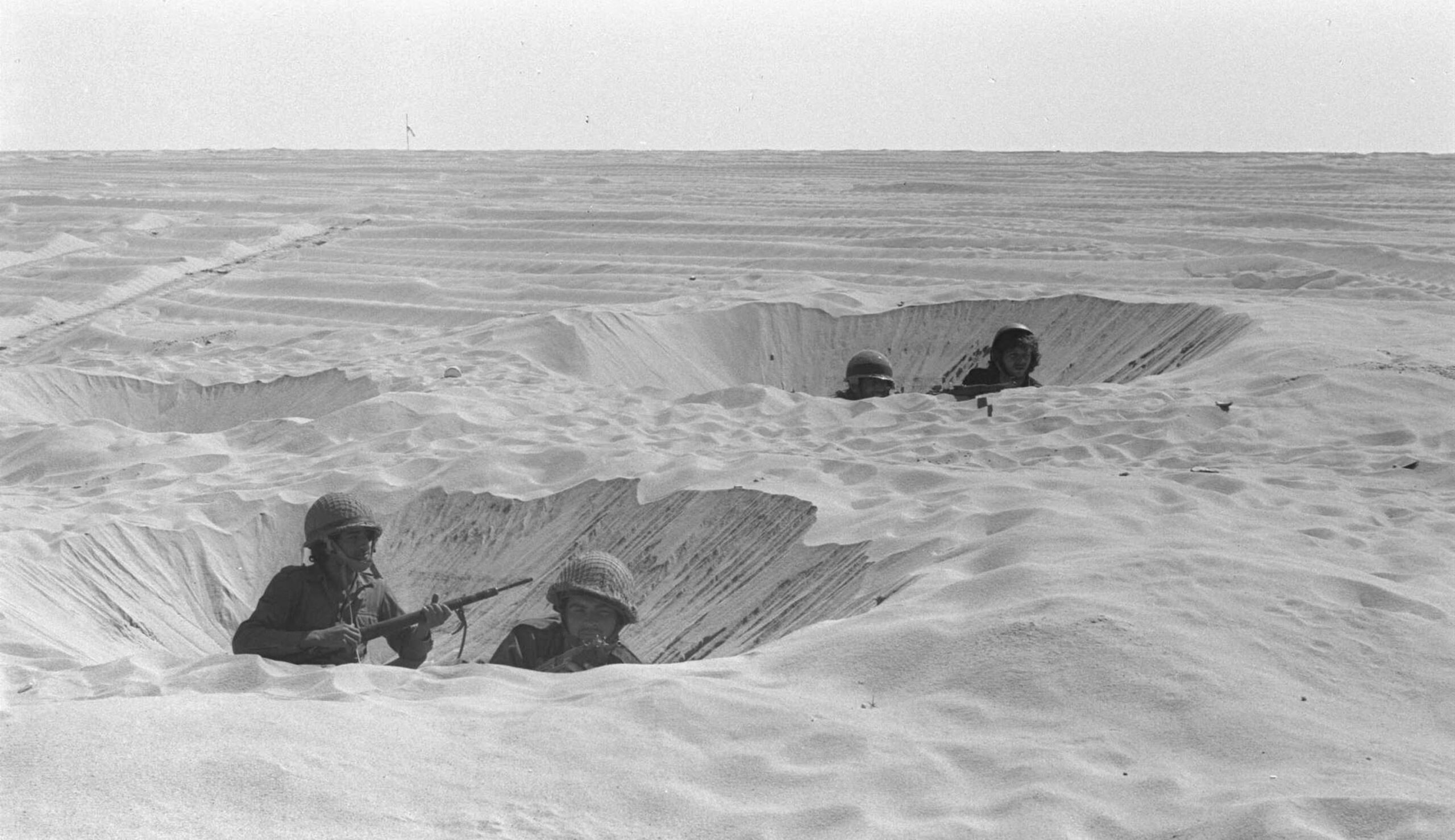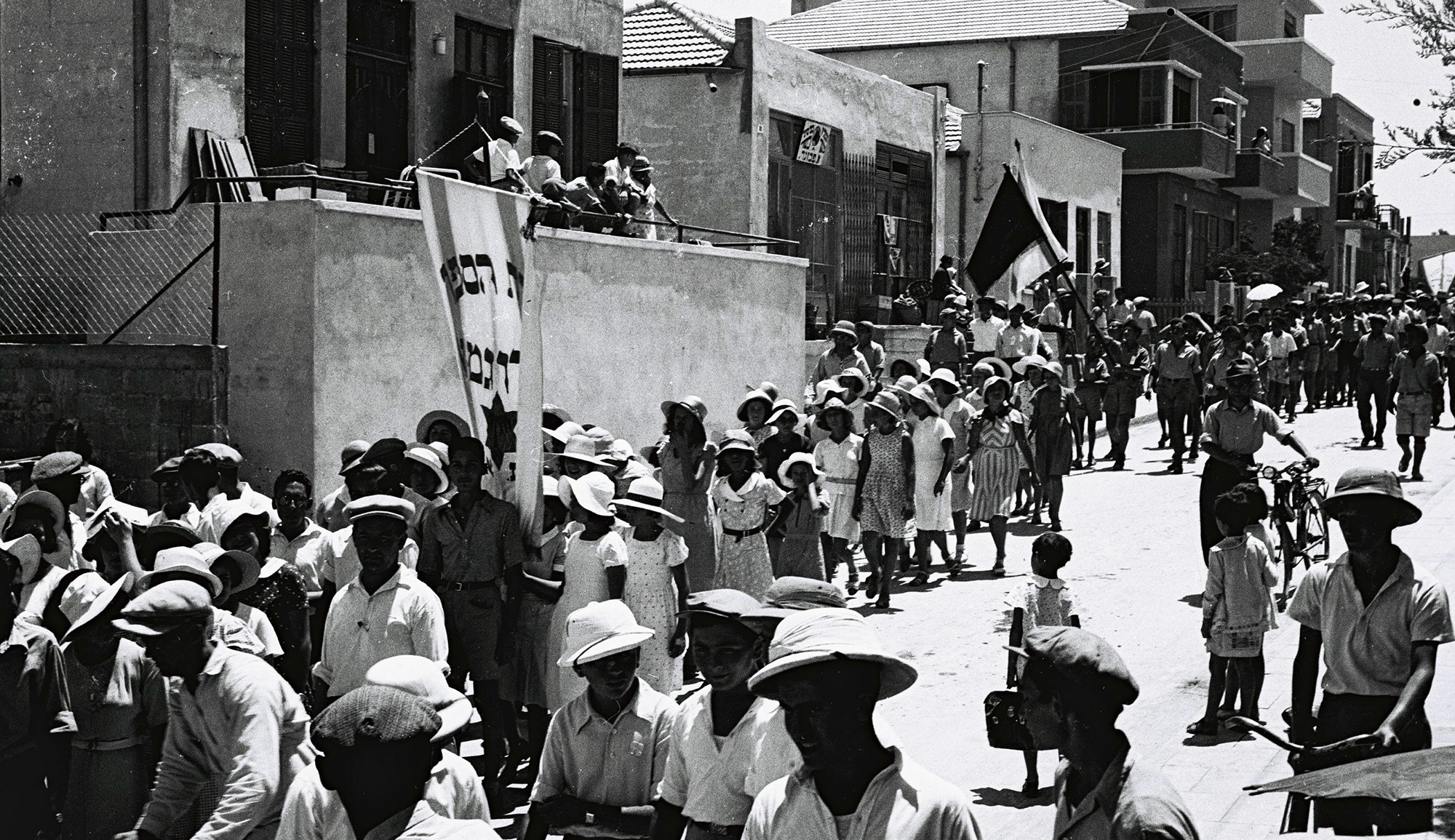When Jews came to America, they put their own unique stamp on the celebration of the Festival of Lights. David Geffen notes some examples:
We are informed by a daily San Francisco newspaper that, on December 26, 1897, a Hanukkah celebration was held that day at the Bush Street Temple. The children performed intricate marches carrying the American flag. Following that there were recitations about Hanukkah, Judah Maccabee, and the miracle of the oil burning for eight days. “Many candelabra were lit as the prayers were recited.”
Rabbi Isidore Myers spoke to those assembled, young and old. “To be regarded with favor by God, you must show how much you can do to spread the truth. Show your pride,” he continued, “to your noble ancestors by your own heroism, remembering that the true hero is the one who does God’s will. Let us follow the example of the noted Judah Maccabee.”
The Hanukkah celebration ended that day with everyone, old and young, singing [a patriotic song]. It is fascinating how in various periods when the U.S. was at war, Jews emphasized their patriotism. . . . In this case, embattled America was fighting in the Spanish-American War, where Jews were serving alongside their Gentile compatriots.
And while the giving of gifts on Hanukkah was a largely American innovation, Geffen notes that 100 years ago, Jews, proportionally, gave more gifts on the holiday than did Christians on Christmas.
Read more at Atlanta Jewish Times
More about: American Jewish History, American Judaism, Hanukkah


